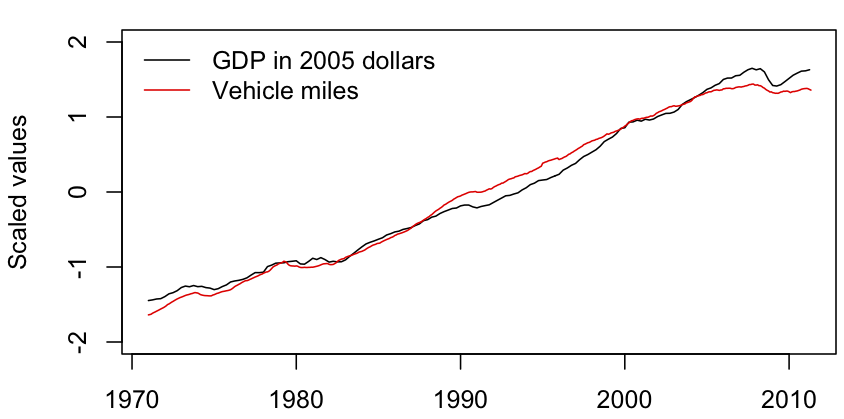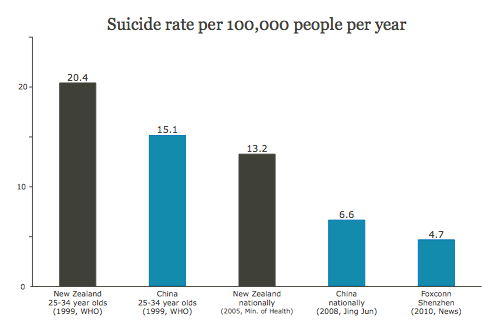Spooky action at a distance?
In this week’s Stat of the Week the misinterpretation is not primarily the fault of the individual media outlet, since it was present in the original source. Still, if a press release or a wire service story told you that the Wallabies had a new training regimen that would improve their game without making them fitter, faster, tougher in the scrum, more accurate with kicking, or better at putting in the elbow, you’d ask questions. We’d like to see science journalism eventually get up to the standard of sports journalism.
The Herald reported “a new study suggests [TV’s] damaging effects may even rank alongside those from smoking and obesity”. If you look at the British Journal of Sports Medicine, that’s what the authors actually say. They go on to say “TV viewing time may have adverse health consequences that rival those of lack of physical activity, obesity and smoking; every single hour of TV viewed may shorten life by as much as 22 min”. The implication that TV has an effect separate from physical activity and obesity, just as it is separate from the effect of smoking, is reinforced when they say that the associations were adjusted for a whole bunch of cardiovascular risk factors: cholesterol, blood pressure, age, gender, weight, blood glucose, etc. The implied claim is that TV kills in a way that isn’t explained by any of these risk factors: it’s not that TV-watching uses up fewer calories, or that you are more likely to snack while watching. Perhaps the mechanism is that watching too much TV makes you believe all the health-related advertising and medical news? (more…)


